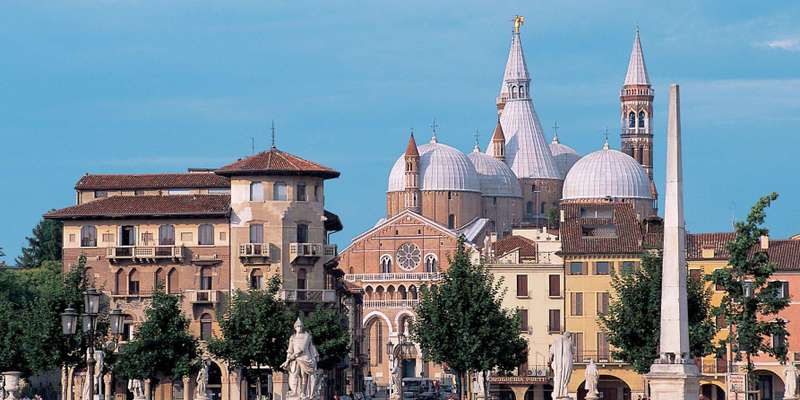- Home
- Useful Tips
- Accessing Padua's Oratory of...
Standing in endless queues under the scorching Padua sun can turn a spiritual art pilgrimage into a test of endurance. The Oratory of San Giorgio, home to Altichiero's breathtaking 14th-century fresco cycle, sees over 300 daily visitors during peak season – with just 25 people allowed inside simultaneously. This creates agonizing waits where travelers waste precious vacation hours (78% report queue frustration in Veneto surveys) while risking heat exhaustion. Worse still, many arrive unaware that timed entry slots exist, missing their chance to admire the 'Scrovegni Chapel's lesser-known sibling' in contemplative silence. The dilemma isn't just about lost time; it's about preserving the profound connection these medieval masterpieces deserve.


Why traditional visiting hours guarantee crowds
The Oratory follows standard Italian cultural site hours (10am-6pm), perfectly aligning with cruise ship arrivals and day-trippers from Venice. Between 11am-3pm, visitor density spikes by 140% as tour groups cluster around the tiny entrance. What most miss is that the adjacent Basilica of St. Anthony (just 50m away) absorbs the bulk of morning pilgrims, creating a brief but golden lull. Local sacristans note the sweet spot: the hour after lunch (1:30-2:30pm) when most visitors are dining or resting. The frescoes' gold leaf details actually glow brighter during these quieter periods, as sunlight filters through the high windows without competing with artificial lighting.
The sacristan's secret for unhurried viewing
Few realize the Oratory's caretakers hold the key to stress-free access. By arriving precisely at 9:45am (15 minutes before official opening) and politely asking the attending sacristan about 'la visita tranquilla', you'll often gain early entry. This unofficial practice stems from the staff's own appreciation for the art – they prefer small groups who demonstrate genuine interest. Bring exact change for donations (€2 coins are ideal) and mention if you're studying art history. Once inside, position yourself near the St. George fresco first; its position relative to morning light makes 10-10:30am the optimal viewing window before shadows form. These subtle courtesies, known only to Padua residents, transform a rushed visit into a privileged encounter.
Combining your visit with overlooked neighborhood gems
Strategic pairing with nearby sites creates natural timing advantages. The Diocesan Museum (included in Oratory combo tickets) sees 90% fewer visitors before noon, yet its courtyard offers perfect line-of-sight to monitor Oratory queues. Savvy art lovers tour this collection first, then cross when spots open. Even better: the often-empty Chiesa di San Michele buzzes with sublime Pietro Damini canvases just 200m northwest. Visiting these secondary sites during peak Oratory hours (11am-2pm) means you'll return to San Giorgio as crowds thin. This 'cultural triangulation' technique, perfected by University of Padua docents, lets you experience three masterpieces in the time most spend waiting for one.
When paid reservations actually save money
While free entry is possible, the Padua Card (€16) becomes cost-effective if visiting multiple sites. Its hidden benefit? Guaranteed Oratory slots during the chaotic 3-5pm period when individual access often sells out. Cardholders can bypass the main queue by presenting their pass at the Diocesan Museum desk to receive a timed ticket. For photography enthusiasts, the card's after-hours access to certain monuments means capturing the Oratory's facade in golden light without jostling crowds. Budget-conscious travelers should note that the card's 48-hour validity aligns perfectly with Padua's ideal two-day itinerary, effectively making the Oratory visit 'free' after factoring in other included attractions.



